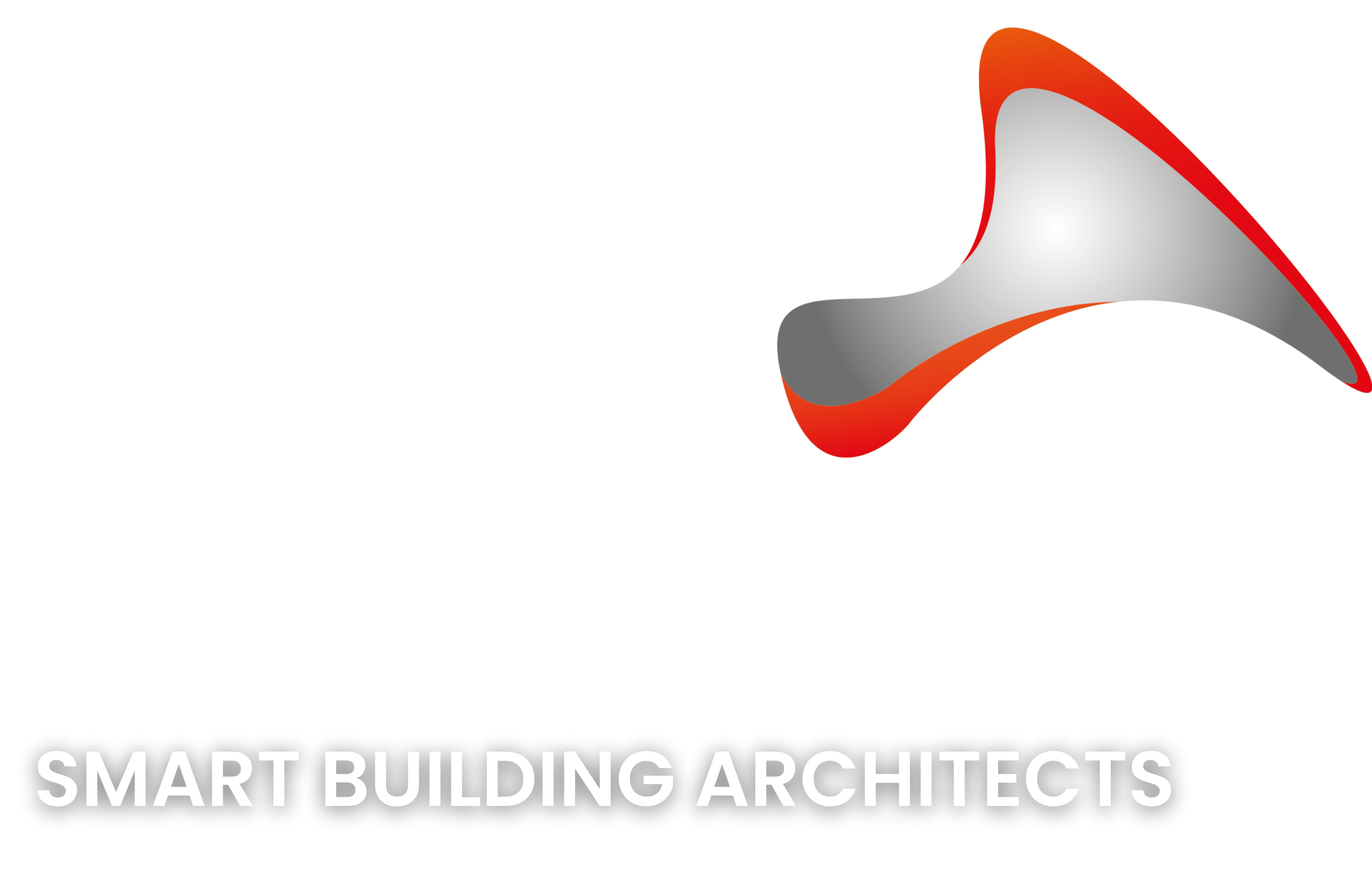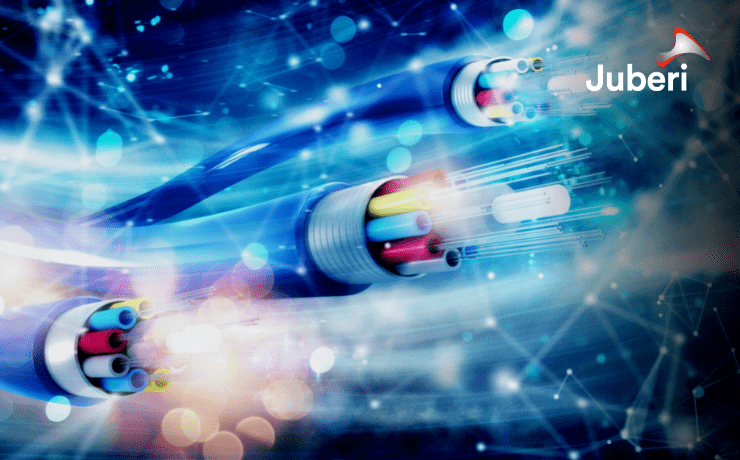SMART Buildings may be the future – but how do we ensure they remain that way? At Juberi, we are committed to staying one step ahead of the challenges future-proofing SMART buildings and IoT environments presents. We dedicate a great deal of time and resource to exploring the connectivity and bandwidth options that will need to be put in place to ensure that our customers remain at the forefront of growing demands, technology advancements and industry shifts.
What are the challenges?
In our previous blog we explored the key challenges of SMART Buildings with regards to initial buy-in however once your SMART Building is effectively “up and running”, what challenges may you face? Several challenges exist in the evolution of SMART buildings and IoT-connected networks that threaten to limit their potential, such as cybersecurity, data gathering and storage, and a big area for discussion in this week’s insight – bandwidth connectivity.
The Battle of the Bandwidths
With regard to bandwidth, many IoT devices communicate wirelessly to a controller, whilst others are connected using Ethernet. Most IoT devices use very little bandwidth within their localised environment, however, with the volume of IoT devices and the sheer amount of data now being sent into the cloud for storage and data analytics, it is imperative to ensure that the network connectivity can accommodate this bandwidth requirement and be able to increase with minimal disruption as required.
In a SMART building where converged IT and OT networks are using the same Internet connectivity, it will be vital to ensure the Internet-connected network can accommodate seamless and transparent changes whilst having to service IT network demands such as video conferencing, large file transfer, and cloud-based applications such as O365. Not to mention employees will expect bandwidth on demand! With increased expectation of your bandwidth’s availability, reliability and performance with the fastest speeds possible – you could say that SMART buildings are under more pressure to deliver than ever before!
Alongside this, the Internet-connected network may also need to meet the demands of a SMART OT or IoT network which is proactively monitoring and managing a building climate, lighting and security, refrigeration systems, and access management, whilst pushing smart sensor data to cloud-based analytic applications.
IoT-generated data takes up a lot of bandwidth and can represent an amount of data storage required that historical storage solutions are not designed to cope with. There are some factors around the data storage that should be considered such as:
- Reducing latency for the smart building and IoT data being analysed.
- Scalability as smart building and IoT data storage needs increase.
- Quick to implement and cost-efficient.
There is no doubt that SMART Buildings and IoT environments require digital future-proofed Internet connectivity that also has cybersecurity countermeasures applied that can protect inbound and outbound data sources. This connectivity needs to be a connection that is fit for the digital future of smart cities, buildings, and campus networks.
Based on the potential connectivity and data upload requirements for smart buildings or IoT environments, we’re working hard at the Juberi Group to determine the right solutions to further support our customers. We’ll be sharing regular updates over the coming weeks so stay tuned to find out more.
Alternatively, please feel free to contact us.




